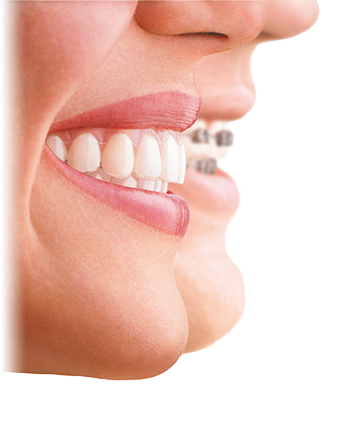 The temporomandibular joint (or TMJ) connects your jaw to the temporal bone of your skull and is very important in coordinating the way in which your mouth is able to move. As well as this, it contains crucial nerves which go between the skull and the jaw. If a disorder develops in the TMJ then it can be very serious, not to mention rather painful too.
The temporomandibular joint (or TMJ) connects your jaw to the temporal bone of your skull and is very important in coordinating the way in which your mouth is able to move. As well as this, it contains crucial nerves which go between the skull and the jaw. If a disorder develops in the TMJ then it can be very serious, not to mention rather painful too.
TMJ disorders will show themselves as pain when you yawn or even eating and talk. In very bad cases you might feel pain the area even when you are not moving your jaw at all. If things get worse then the pain and discomfort might spread to the neck and shoulders too. Needless to say, all of these symptoms can seriously hamper many day to day activities and it is worth sorting out if you want to avoid involuntary muscular spasms and even tinnitus.
Dentists are well placed to diagnose TMJ disorders because the TMJ is connected to the mouth. They might decide to give you an x-ray or a ‘clench’ test where you bite down to determine the site of the pain you feel. The problem might lie with the alignment of your teeth affecting your bite and TMJ has been linked with the process of bruxism or grinding your teeth in your sleep.
To solve this you might need to wear a brace to adjust the alignment of your teeth and, in rare cases, surgery is required. TMJ is worth taking seriously but usually it is easily resolved. You should always share any concerns you have with your City of Leeds dentist and they will be able to examine you and diagnose TMJ if it is occurring.





 Anybody suffering from TMJ (jaw point) problems will soon realize that their pain is not limited to the jaws. This disease is caused by problems in the jaws as a result of which the muscles have to work extra hard in order to do regular activities like chewing or talking. It results in pain in the head, the neck and even in the shoulders.
Anybody suffering from TMJ (jaw point) problems will soon realize that their pain is not limited to the jaws. This disease is caused by problems in the jaws as a result of which the muscles have to work extra hard in order to do regular activities like chewing or talking. It results in pain in the head, the neck and even in the shoulders. A dental bridge is an artificial tooth that is anchored on to existing teeth either by using two adjacent dental crowns or resin-bonded strips. The artificial tooth, known as the pontic, is fused between the crowns or strips to create the appearance of a natural tooth and restore the appearance of the dental arc.
A dental bridge is an artificial tooth that is anchored on to existing teeth either by using two adjacent dental crowns or resin-bonded strips. The artificial tooth, known as the pontic, is fused between the crowns or strips to create the appearance of a natural tooth and restore the appearance of the dental arc. There are many reasons why people loose teeth. It could be due to a dental trauma, possibly as the result of a sporting injury, through tooth decay or even just due to old age. Whatever the reason, missing teeth can have serious negative aesthetic and health related consequences.
There are many reasons why people loose teeth. It could be due to a dental trauma, possibly as the result of a sporting injury, through tooth decay or even just due to old age. Whatever the reason, missing teeth can have serious negative aesthetic and health related consequences. Having a missing tooth can be very embarrassing and the source of low self-confidence and self-esteem. It can make people reluctant to smile and avoid eye contact, two of the most important communication methods we have. However, it is not just psychological damage that is done by a missing tooth. Teeth act as rigid supports for facial muscles and a missing tooth or teeth can cause facial muscles to sag. This gives a sunken appearance that makes the patient look older.
Having a missing tooth can be very embarrassing and the source of low self-confidence and self-esteem. It can make people reluctant to smile and avoid eye contact, two of the most important communication methods we have. However, it is not just psychological damage that is done by a missing tooth. Teeth act as rigid supports for facial muscles and a missing tooth or teeth can cause facial muscles to sag. This gives a sunken appearance that makes the patient look older. The jaw joint is responsible for carrying out everyday activities such as chewing, biting and talking but occasionally problems arise with the joint or associated muscles which lead to conditions known as TMDs (temporomandibular disorders). Sometimes mistakenly referred to as TMJs, TMDS can be very painful and irritating to sufferers. The exact cause of many TMDs remains unclear, which makes it hard for dentists to treat and even harder to prevent.
The jaw joint is responsible for carrying out everyday activities such as chewing, biting and talking but occasionally problems arise with the joint or associated muscles which lead to conditions known as TMDs (temporomandibular disorders). Sometimes mistakenly referred to as TMJs, TMDS can be very painful and irritating to sufferers. The exact cause of many TMDs remains unclear, which makes it hard for dentists to treat and even harder to prevent.

